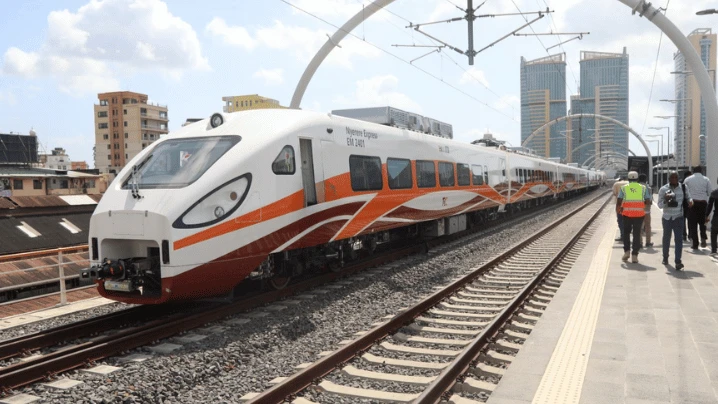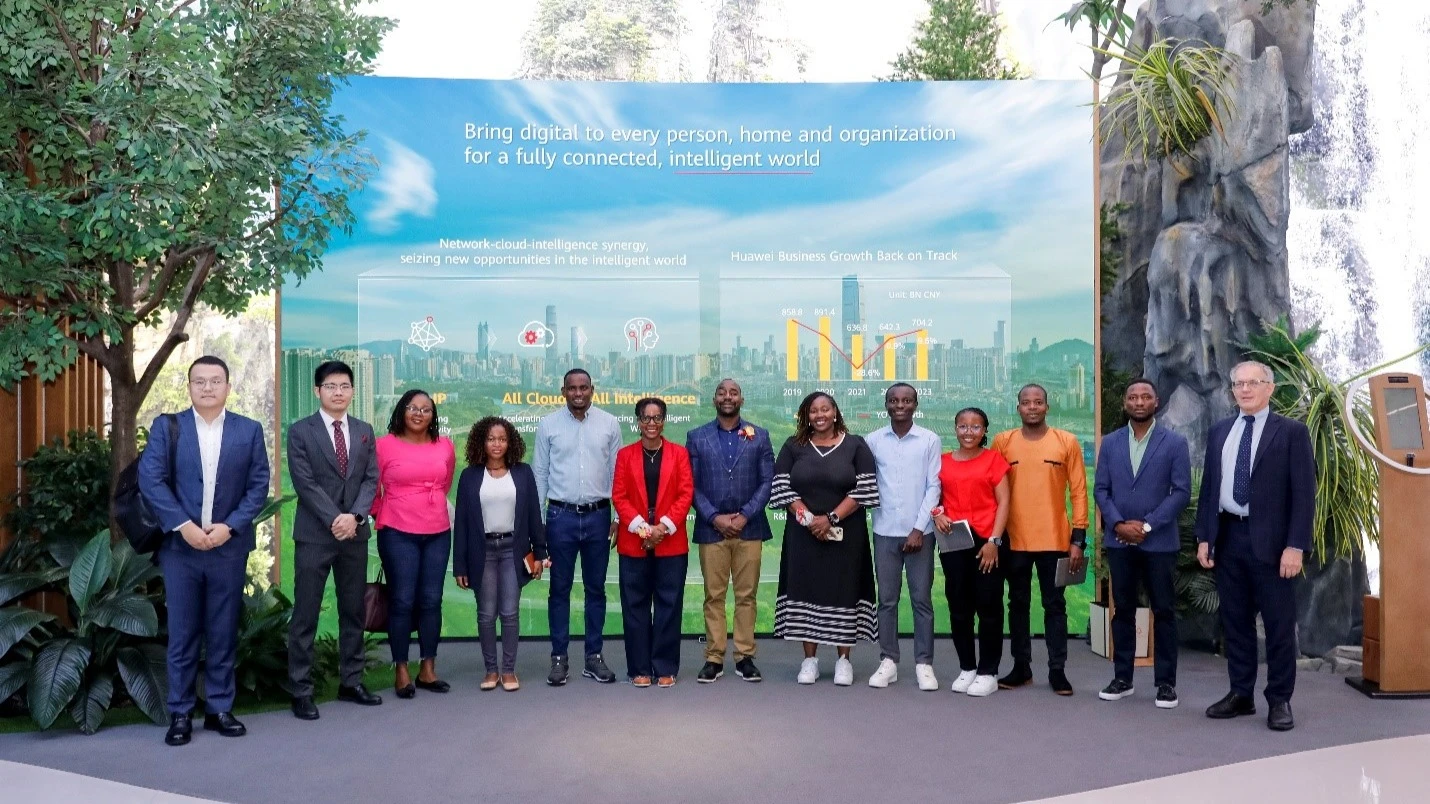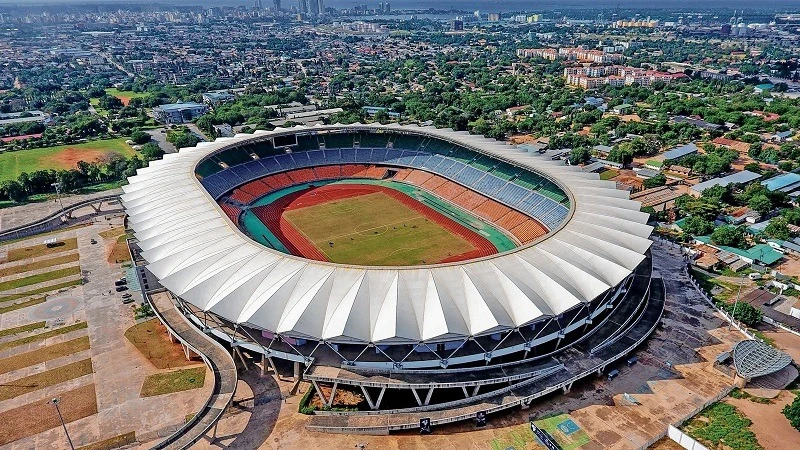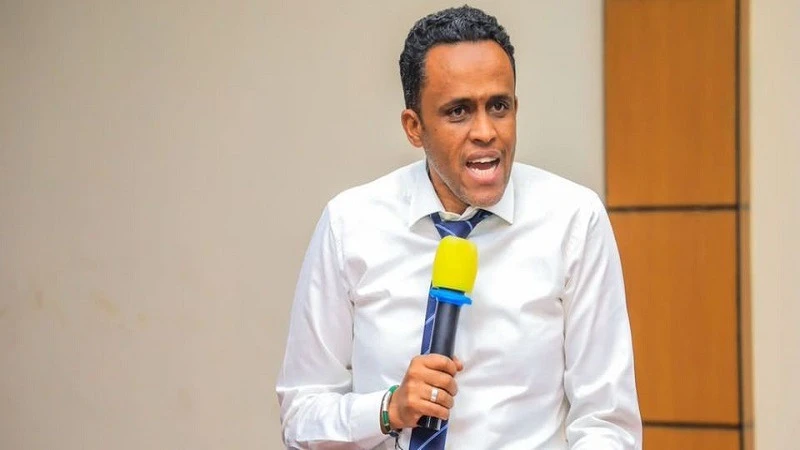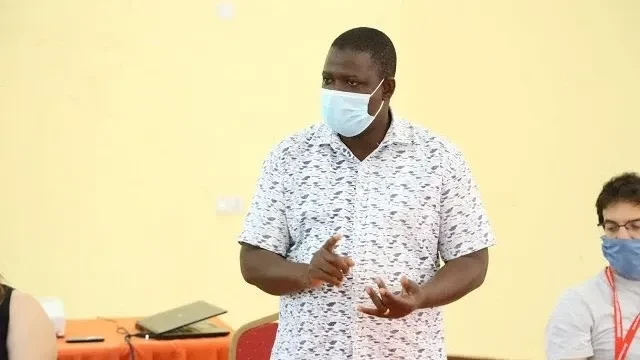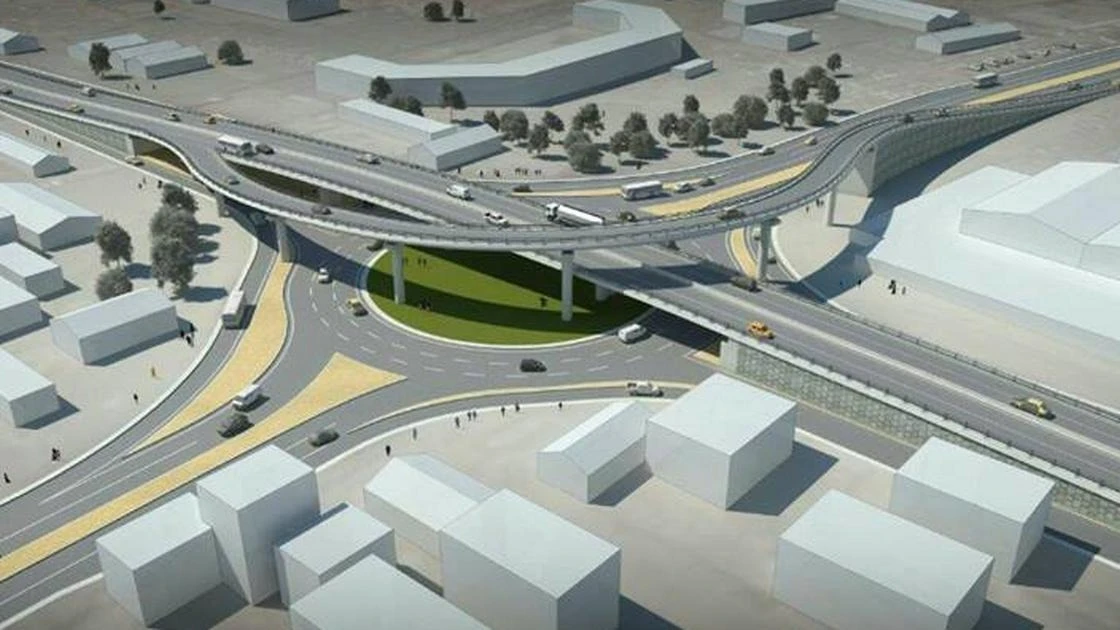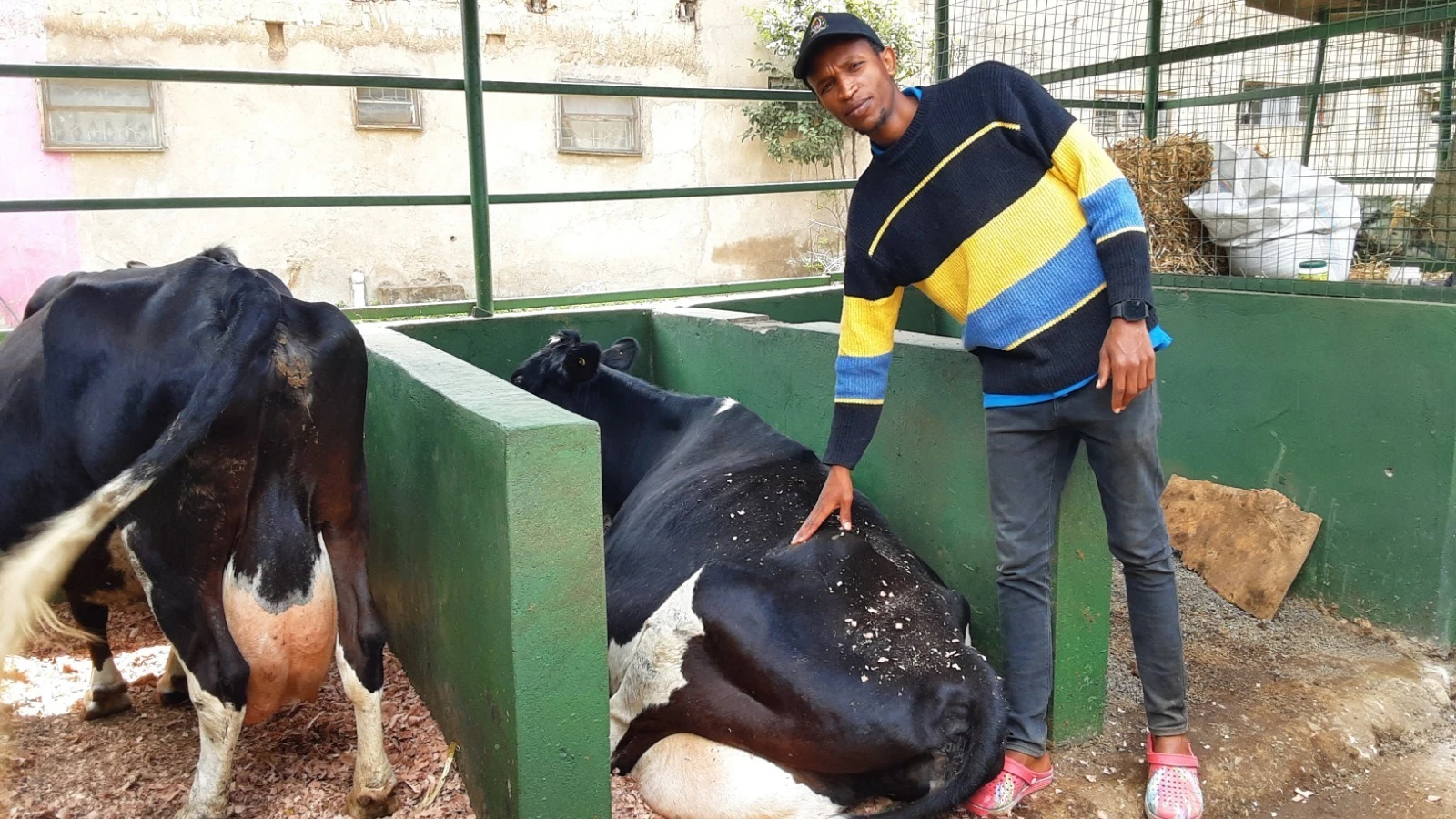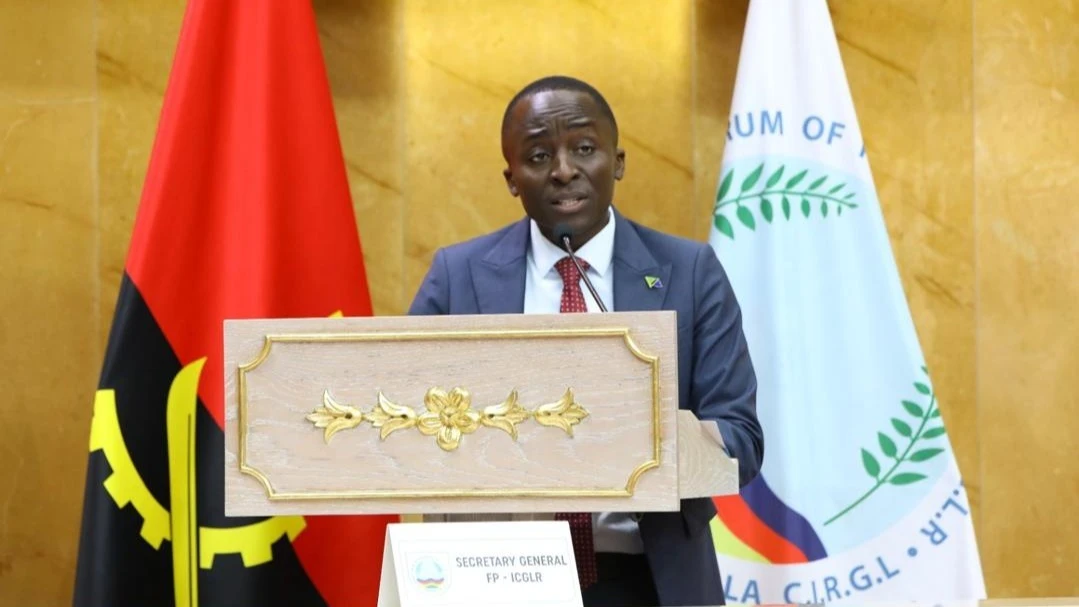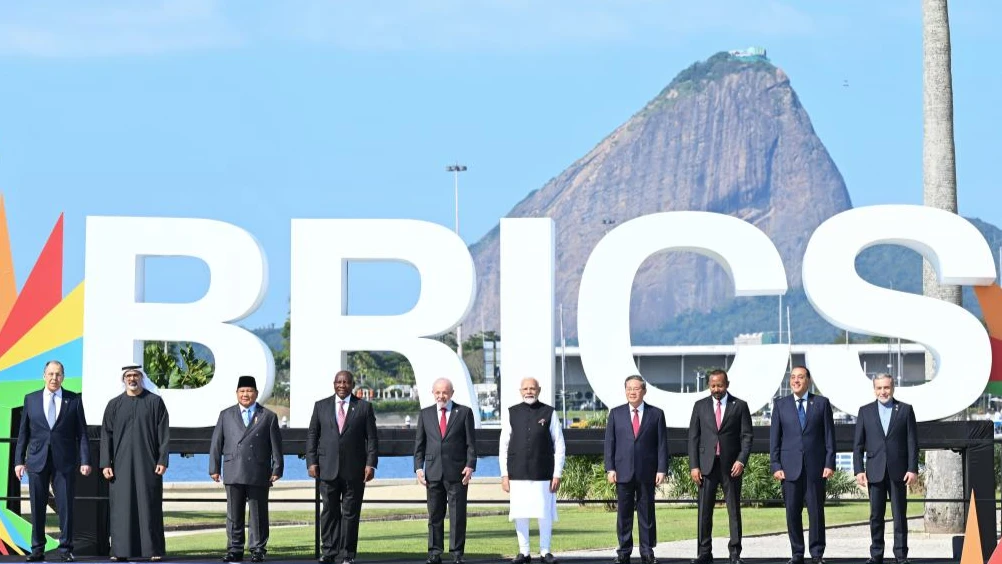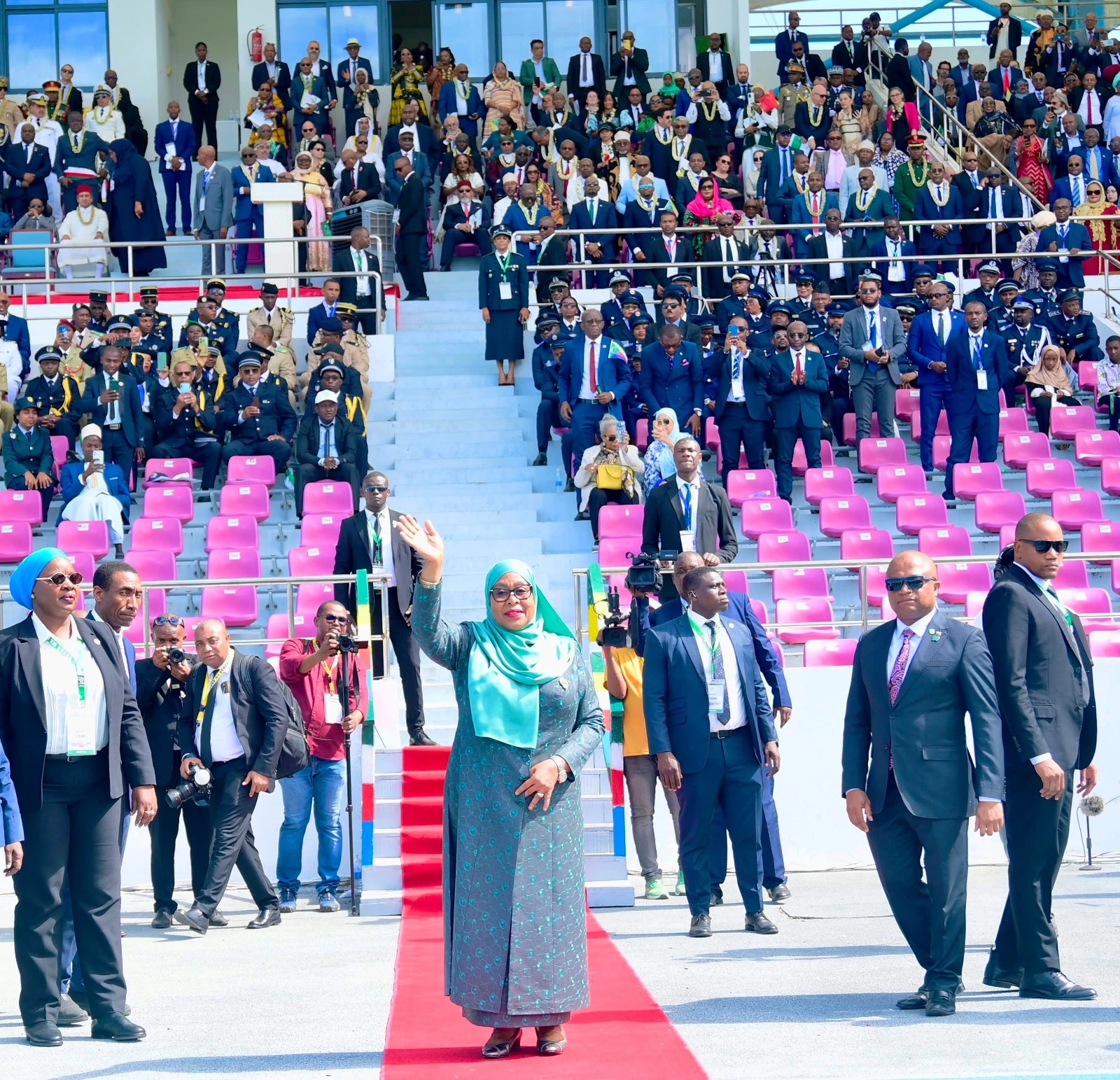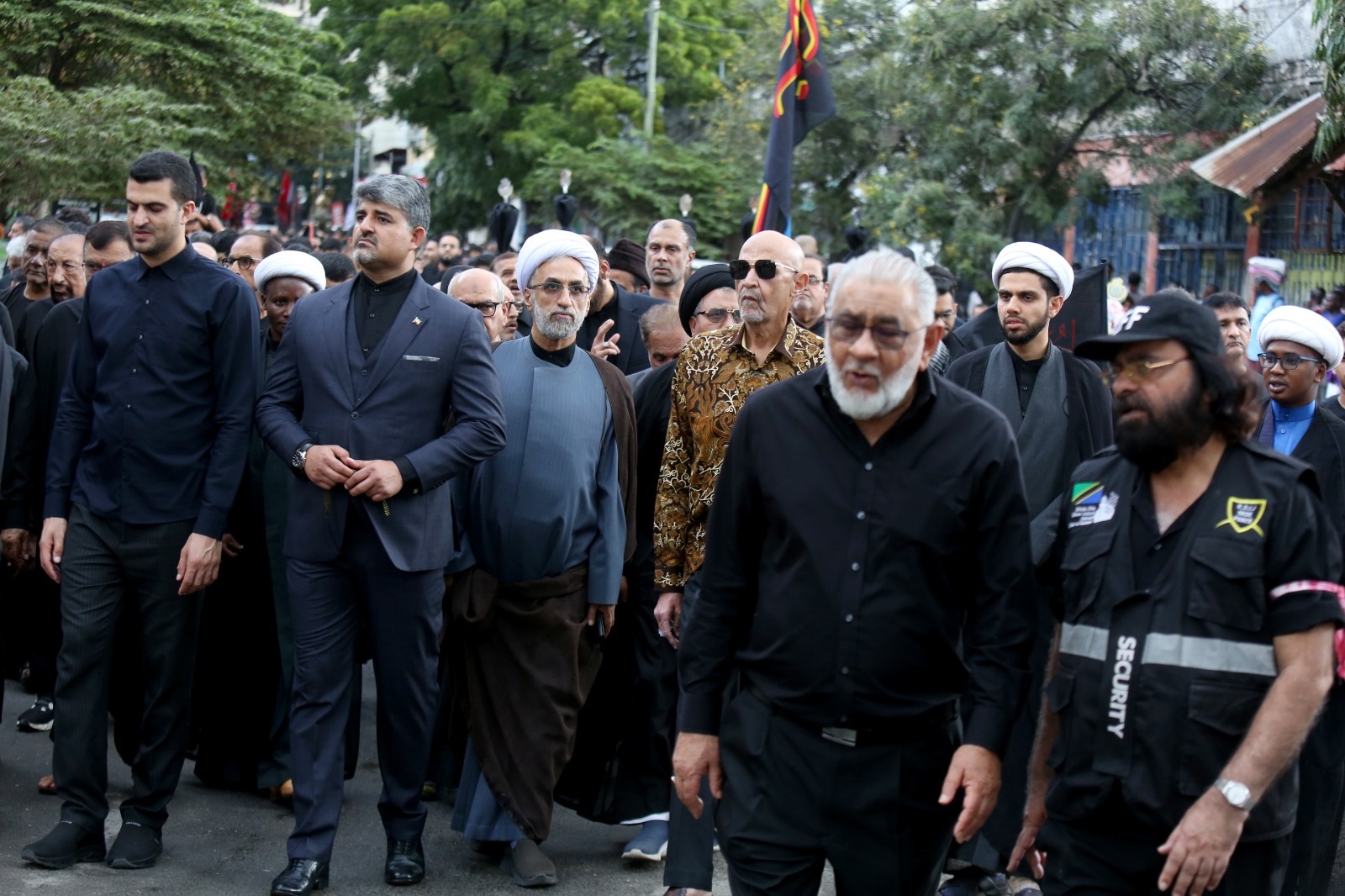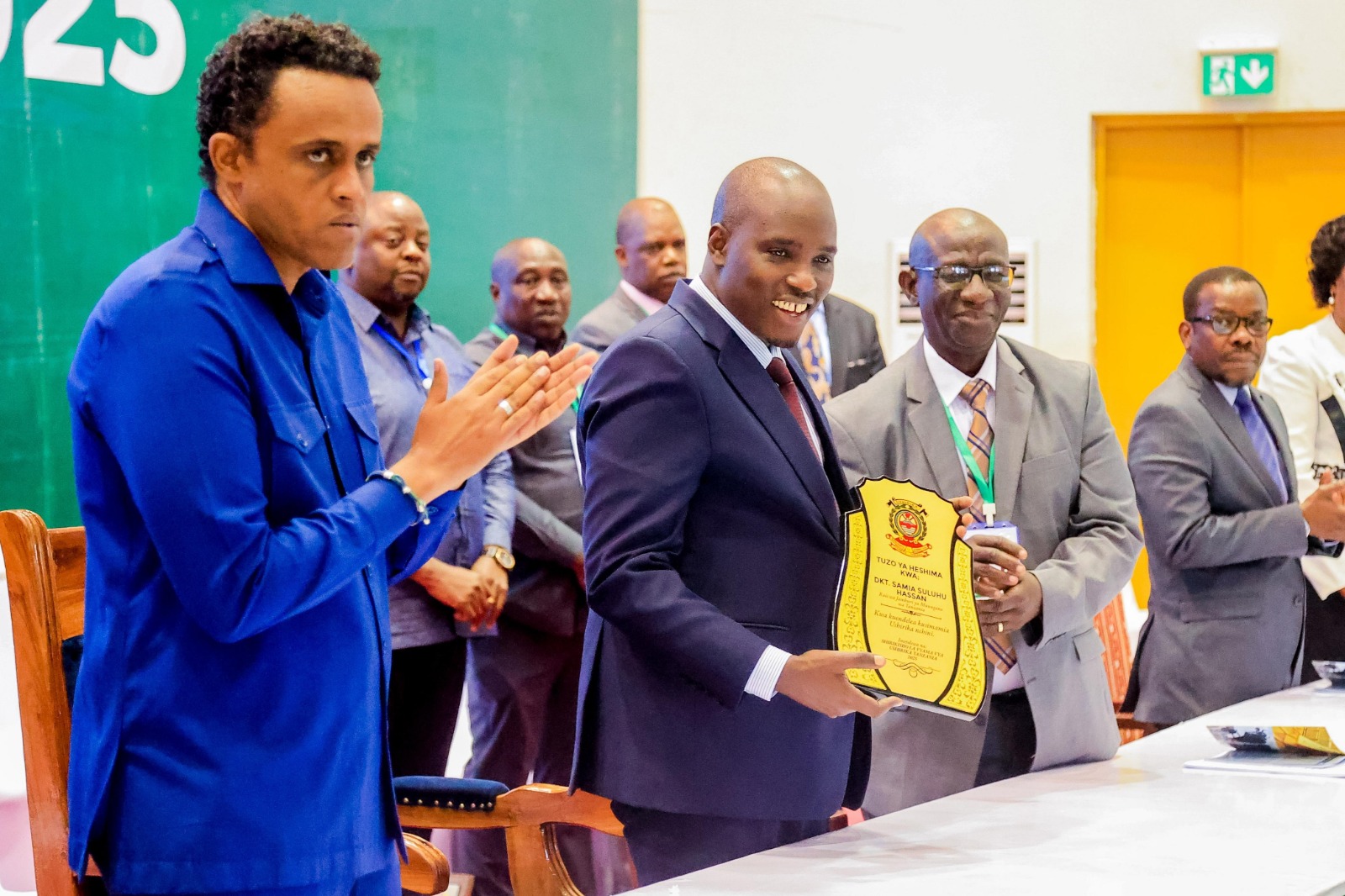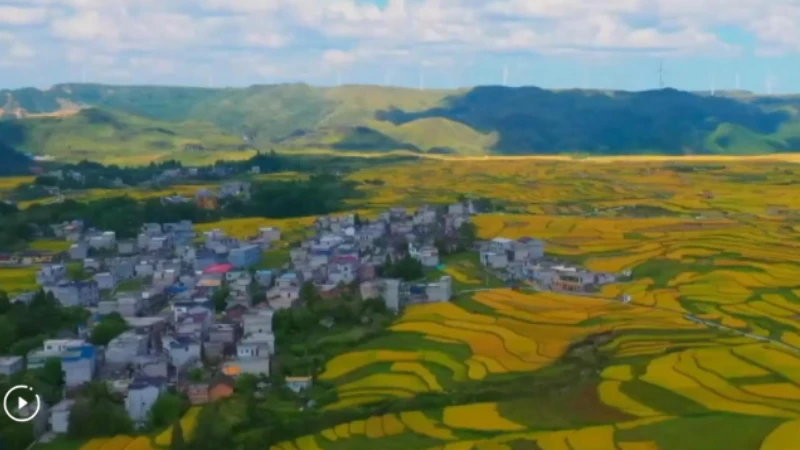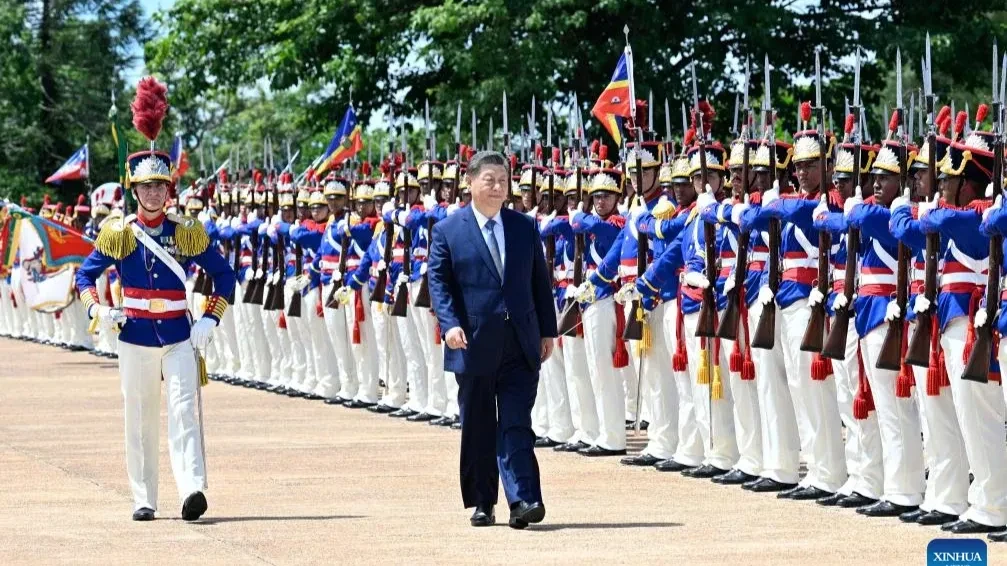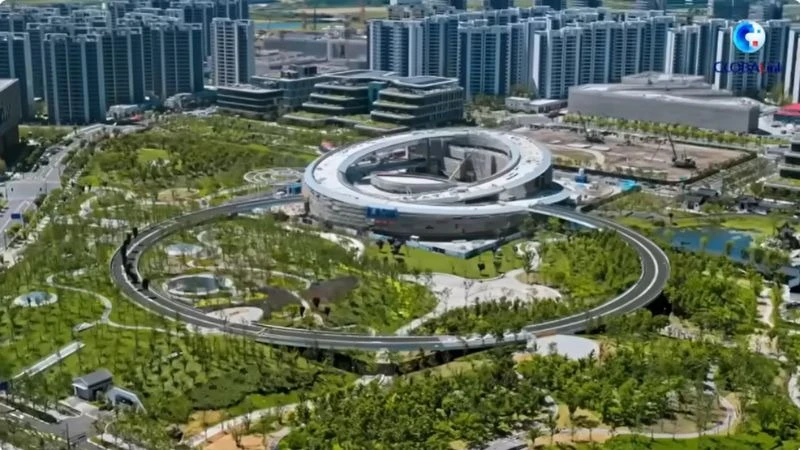TANZANIA’S QUIET REVOLUTION: How the 6th phase government is reshaping a nation
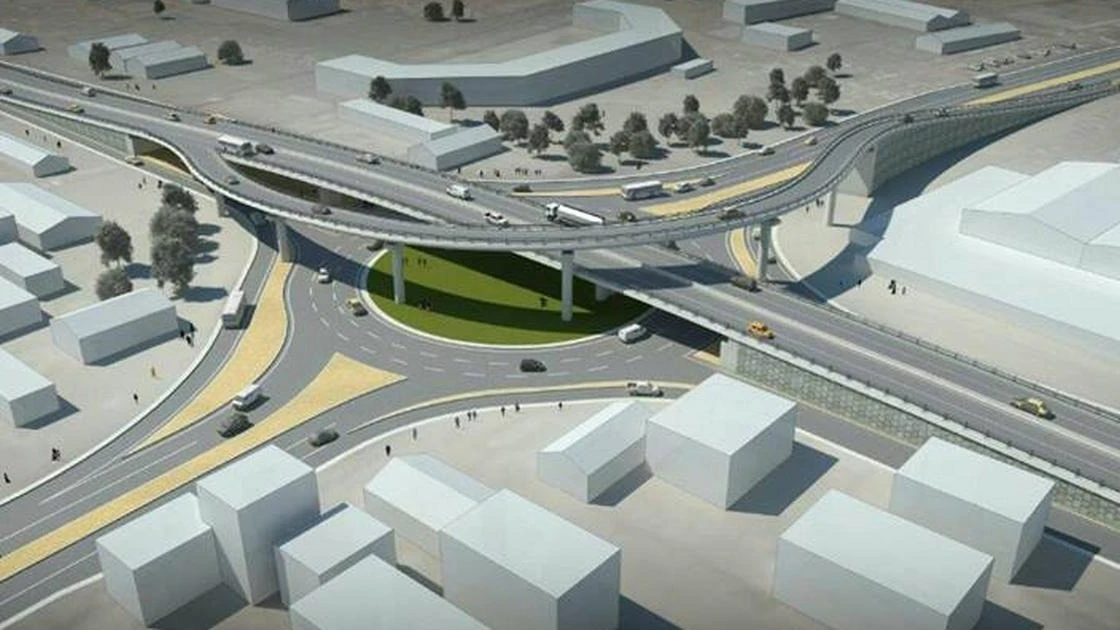
When President Samia Suluhu Hassan assumed office in 2021, Tanzania stood at a crossroads. The global economy was still reeling from the COVID-19 pandemic, inflation threatened livelihoods, and key sectors like agriculture, health, and education cried out for reform.
Few could have predicted that under her leadership, the country would begin what many now call a quiet revolution—one that is steadily transforming Tanzania’s development trajectory.
A new chapter in agriculture
No sector reflects this transformation better than agriculture, long considered the lifeblood of Tanzania’s economy. With an unprecedented 324 percent increase in the agricultural budget—from 294bn/- in 2020/21 to 1.2trn/- in 2024—the government has reinvigorated the sector.
As a result, food production jumped to 22.8 million tons in 2024 from 17.5 million just a few years prior, pushing Tanzania’s food self-sufficiency rate to 128 percent.
But it's not just staple crops that are booming. Traditional cash crops like cashew nuts and coffee have also surged. Cashew production nearly tripled, and coffee sales more than doubled to US$292.9 million.
The strategy goes deeper than subsidies—there’s deliberate investment in seeds, fertilizers, storage infrastructure, and irrigation. With nearly a million hectares now under irrigation, and plans to harness Lake Victoria and Lake Tanganyika for a national irrigation grid, Tanzania is reclaiming its agricultural potential.
Economic Resurgence with Fiscal Discipline
As fields blossomed, so too did the economy. Tanzania’s economic growth accelerated from 3.9 percent in 2021 to 5.5 percent in 2024, outpacing the continental average.
Tax revenue more than doubled, helping reduce dependency on foreign aid, while exports grew to US$ 8.7 billion. Inflation was tamed to an average of 3 percent, and per capita income rose to nearly 3m/-.
This economic progress reflects more than just numbers—it signals confidence. From local entrepreneurs to international investors, a new faith in Tanzania’s direction is emerging.
Health gains with lifesaving outcomes
In healthcare, the changes are nothing short of life-saving. The number of health facilities has grown by 46 percent, with 75 percent of the population now within five kilometers of care.
Maternal deaths have plummeted—from 556 to just 104 per 100,000 live births—and under-five mortality has dropped by over a third. Emergency departments, modern diagnostic tools, and upgraded referral hospitals have dramatically improved care quality, attracting even international medical tourists.
Health infrastructure is not just being built; it’s being equipped and staffed. With more MRI and CT scanners, better medicine availability, and expanded hospital bed capacity, Tanzania is moving closer to universal health coverage.
A new dawn in education
Tanzania’s schools are also undergoing a renaissance. The education budget has risen to over 6trn/-, and new schools, classrooms, and teachers are being added at a record pace. The free education program now supports over 16 million students, and higher education loans are reaching more youth than ever before.
Special initiatives like the Samia Scholarship are targeting high-potential students in science and healthcare, ensuring that Tanzania’s future workforce is both skilled and future-ready.
Water access: From urban cities to remote villages
Clean water—long a persistent challenge—is becoming more accessible. Projects in Arusha, Same, and Butiama, among others, are benefiting millions, with urban water access now at 91.6 percent and rural coverage at 85 percent. Boreholes, dams, and modern water infrastructure are improving not just lives, but also agriculture and livestock production in water-stressed regions.
Supporting artists, athletes, and aspiring workers
Development under the 6th Phase Government is holistic. Social security membership has doubled, pension reforms are easing the burden on retirees, and artists are finally reaping rewards—royalties rose from 245bn/- to nearly 688bn/-. Tanzanian artists are now performing on international stages, and the creative economy is becoming a serious pillar of growth.
In sports, the nation is preparing to host the prestigious AFCON 2027 and CHAN 2025 tournaments. Meanwhile, vocational training has expanded significantly, with over 860 colleges now skilling thousands of young Tanzanians in trades ranging from energy to ICT.
Creating space for business and investment
A more enabling business environment is another key achievement. By cutting 383 fees and abolishing 66 burdensome regulations, Tanzania has welcomed over 2,100 investment projects valued at USD 25.5 billion. Special Economic Zones are attracting targeted projects in high-potential sectors like agro-processing and minerals.
This reformist approach is not just attracting capital—it’s creating jobs. More than 650,000 direct employment opportunities have been recorded under TIC-registered projects, with many more anticipated in the coming years.
Nation transformed, a future reimagined
In less than five years, the 6th Phase Government has redefined the boundaries of what is possible. Through strategic investment, inclusive policy, and deliberate leadership, Tanzania is being quietly—but profoundly—transformed. What began as a cautious hope is now a visible, measurable, and increasingly celebrated reality.
The journey is far from over. Yet with its current trajectory, Tanzania is not just catching up with its goals—it’s emerging as a regional exemplar of balanced, people-centered development.
Top Headlines
© 2025 IPPMEDIA.COM. ALL RIGHTS RESERVED



